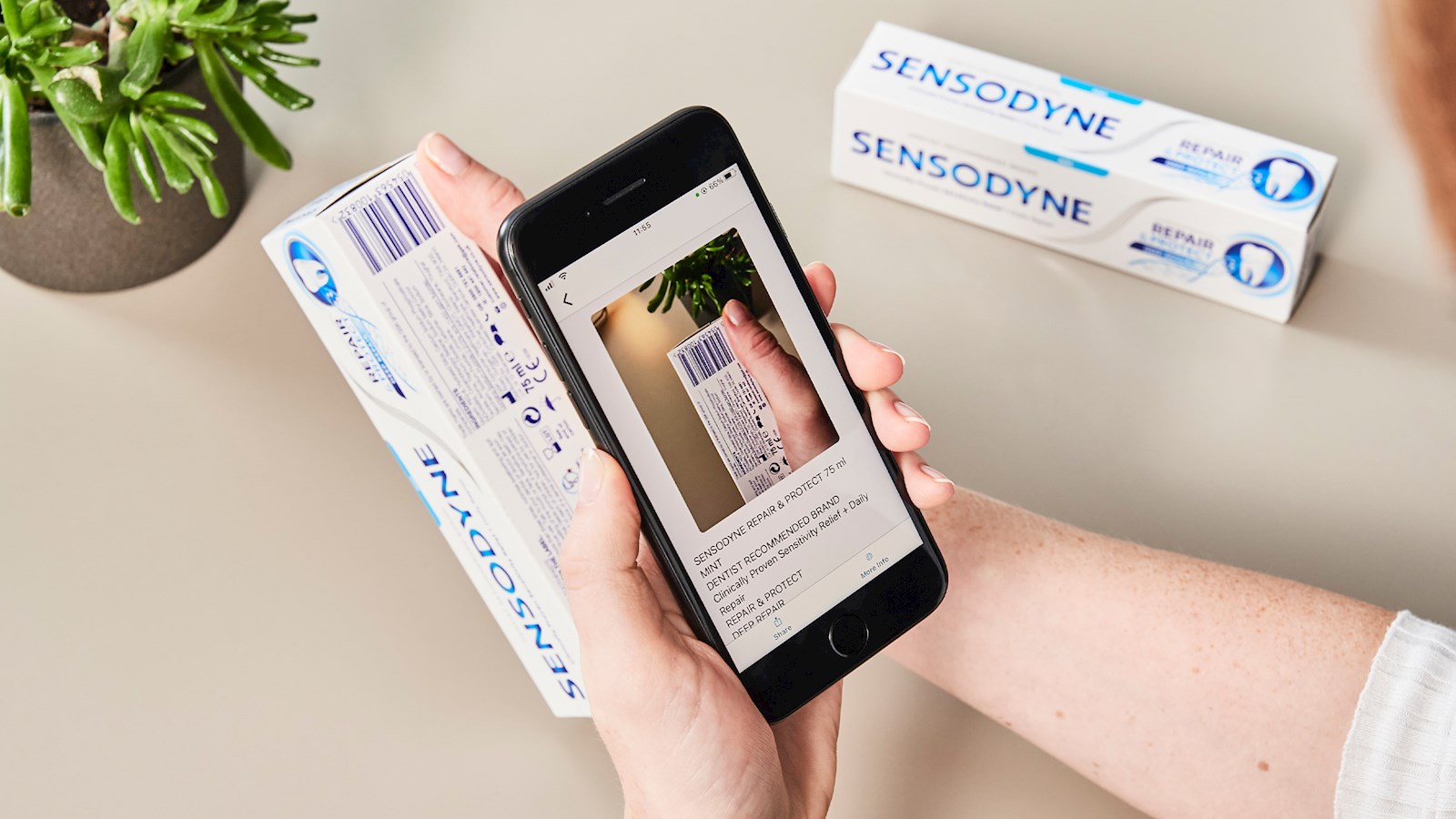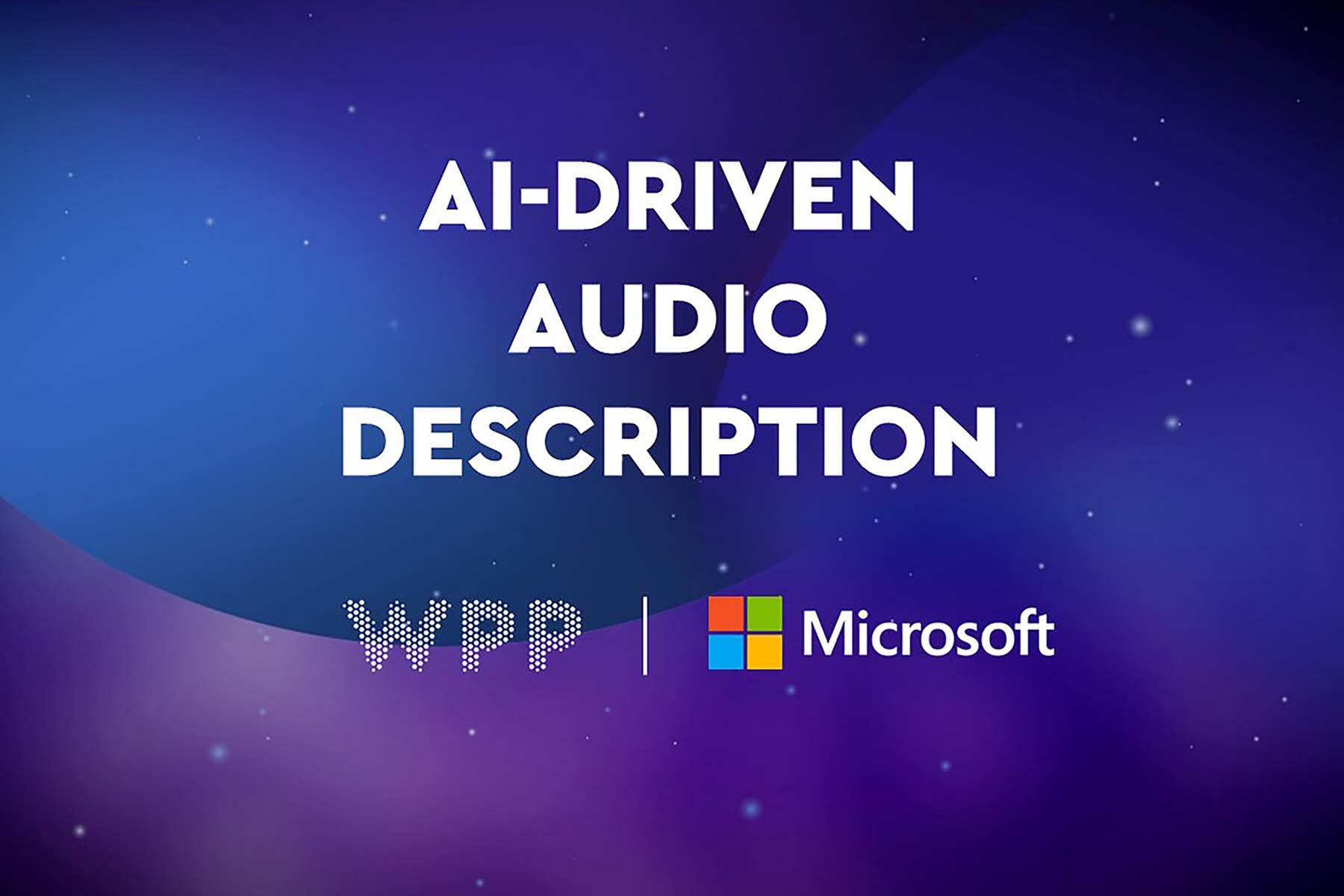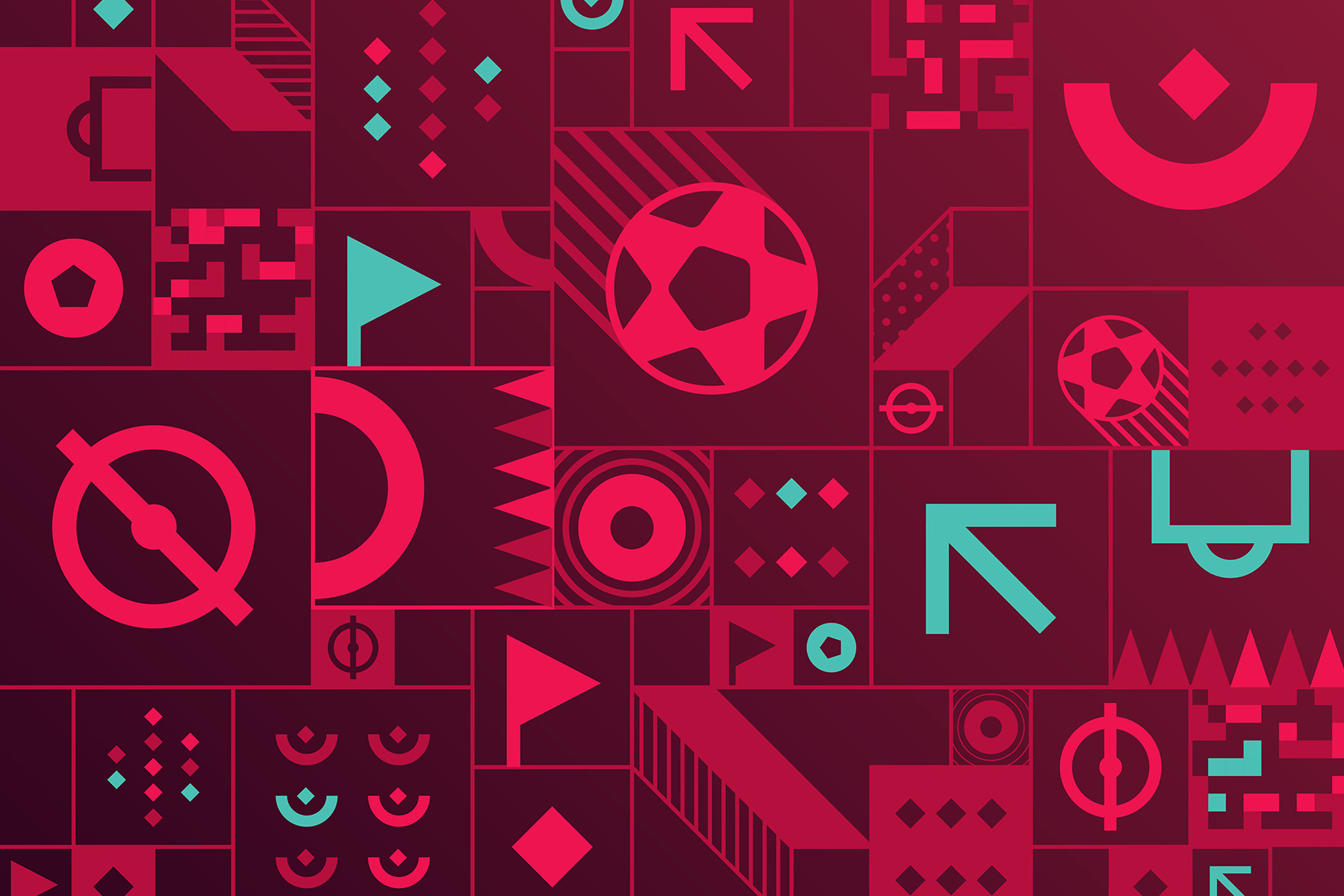
Haleon: turning words into action
WPP’s Richard Hau explains how AI is helping blind and low vision consumers – and others – access information on healthcare packaging
Barriers to information on healthcare packaging are real – even in the supermarket aisle. But a new market entrant (albeit one with decades of trading history) is determined to tackle health inclusivity and the barriers that hold people back from better everyday health.
Haleon was created in mid-2022 following the completion of its demerger from GSK. The new name ‘Haleon’ merges the words 'hale' (an old English word meaning ‘in good health’) with ‘leon’ (associated with the word ‘strength’). Haleon states it has a competitive advantage in its ability to blend human understanding and trusted science in the products it creates. The Haleon brand portfolio includes Sensodyne, Voltaren, Panadol and Centrum.
As a new company, Haleon has a clear purpose ‘to deliver better everyday health with humanity’, and it is focussed on looking to address real consumer needs to make better everyday health more inclusive, more achievable and more sustainable.
Recognising the issues some were facing accessing healthcare information, Haleon felt it was time to act.
“Together with Haleon we recognised that there are three main barriers to accessing better everyday health: health literacy, healthcare accessibility, and bias and prejudice. These barriers form the basis of the Haleon social impact strategy to champion health inclusivity. So, we were looking to see what Haleon could do here,” says Hau. “We had to show both action and impact. As the first piece of action towards health inclusivity, the data showed us healthcare accessibility is a space Haleon could have a prominent voice.”
What Hau is talking about goes beyond the fundamental accessibility issues all companies should address while doing business. Haleon’s ambition was much more far-reaching and required the combined insights and expertise of the company, WPP and WPP’s partner – Microsoft.
“Microsoft is really big in the accessibility space,” says Hau. In 2017 it developed a wonderful app called ‘Seeing AI’ which was spearheaded by Microsoft engineer Saqib Shaikh. One of the key functions of this app is a barcode reader. It enables anyone with low vision or blindness to scan a barcode and the information associated with that barcode is then read out loud.
Haleon and the WPP team worked with Microsoft and Saqib to enhance the functionality of the Seeing AI app to integrate Haleon product SKUs. “We've enabled the app to read all the information available on the Haleon packaging, from the ingredients to the warnings, to the dosage, to the legal information. The consumer can also jump through the headings on the packaging so they can reach the information they are interested in quickly,” Hau says.
When Haleon adopted the technology, ‘Seeing AI’ was already serving hundreds of thousands of people, so there was already significant confidence in the technology that already comprised language-detection functionality and proximity warning – it will be available on Android in the future.
The app succeeds in delivering information to blind and low vision consumers; it also has the potential to help those who might have trouble reading to access the information on Haleon product labels.
The team at Grey New York was brought on board to work on the campaign as Haleon and WPP wanted to tell as many people as possible about the app and its new enhanced functionality. Grey built on a concept already anchored into the healthcare category: ‘Always read the label, even if you can't’.
“The beauty of this idea is its simplicity,” he says. “All Haleon needed to do was provide existing product information to Microsoft – it has taken the guesswork out of healthcare product-buying for those who have trouble seeing or reading.”
Hau continues: “A recurring theme found through our research was that people with disabilities didn’t want to be singled out. The individuals we spoke with wanted to be treated just like everybody else. The campaign song serves as an effective earworm to help people remember what we are doing and stimulate discussion, but beyond this, it celebrates the fact that we're bringing more accessibility to multiple different groups.”
The UK was the launch location. “There are 2 million people in the UK living with sight loss and 7 million people have low levels of literacy. So, the enhancements to the app have the potential to help a lot of people, allowing Haleon product information to reach their consumers instantly,” says Hau.
A launch in the US has also taken place, although the roll-out is over a longer period given the size of the market. The ambition is for Haleon to roll out the app across more of its markets.
TV and radio are naturally significant parts of the mix given that – at its heart – this initiative is all about accessibility and inclusion. “We took an audio-first approach to the launch,” says Hau. “Our media from TV to posts on social media have been checked for accessibility to make sure we have maximum reach for specific communities.”
Hau is emphatic that this is just the beginning. “Collaborating with Haleon and our strategic partners, we want to make sure that health inclusivity remains at the heart of everything we do. We are not going to stop here. This is one of many moves we will make with Haleon to help them demonstrate that they are all about health, with humanity,” he says.
published on
05 December 2022
Category
More in Experience

Let’s add audio for visually impaired audiences
How to make advertising more accessible for visually impaired audiences

The Future 100: wellbeing, humanity, emotion and tech
This annual trend spotter – by WPP’s VML – gives us the context for the new normal for marketing in 2024.

Activating sports events – the ultimate balancing act
WPP Sports Practice takes a look at the art of timing for sports event activation

